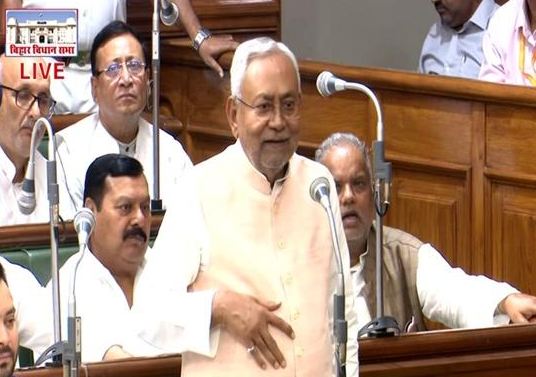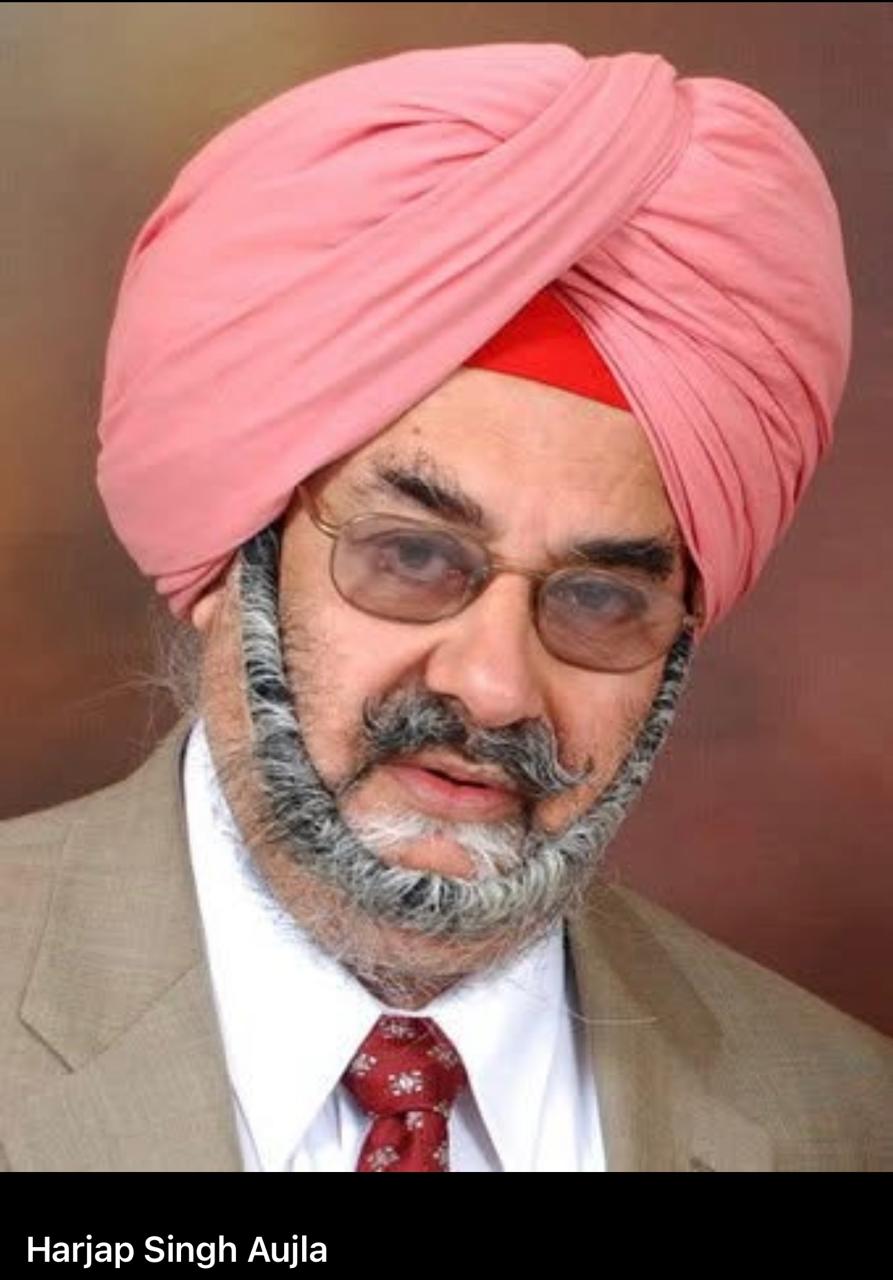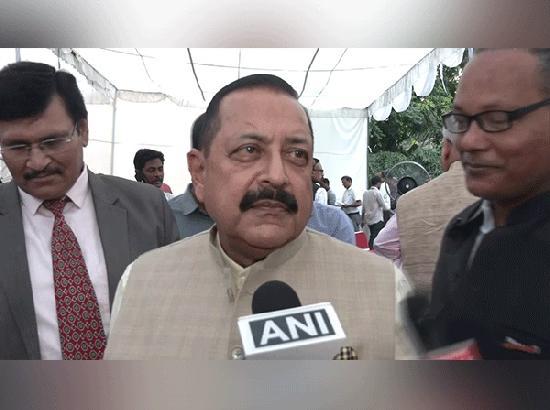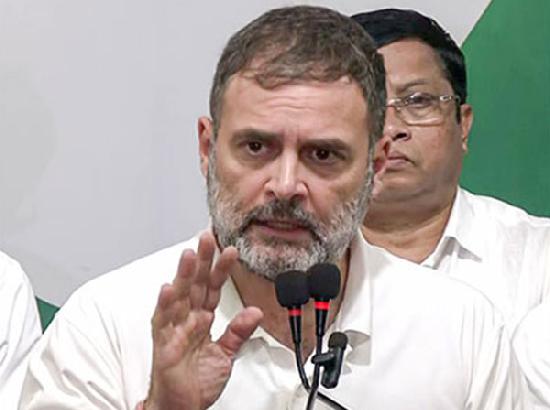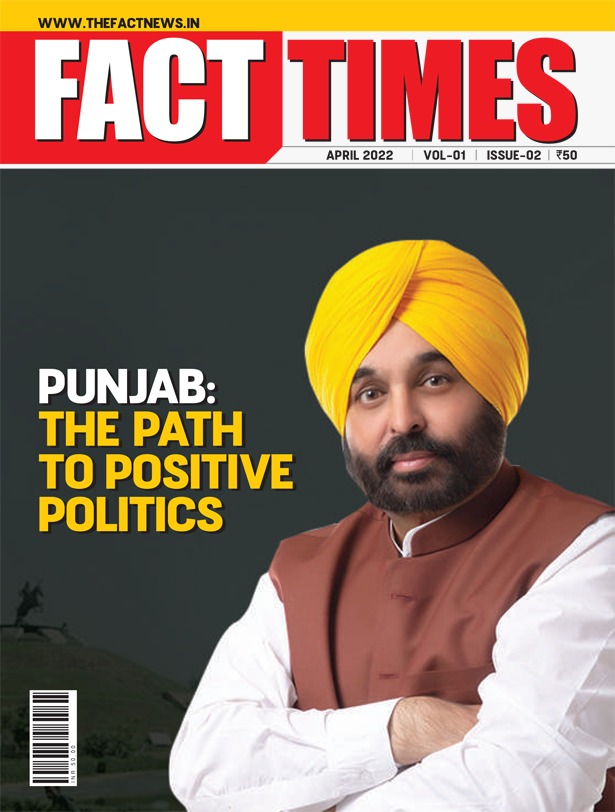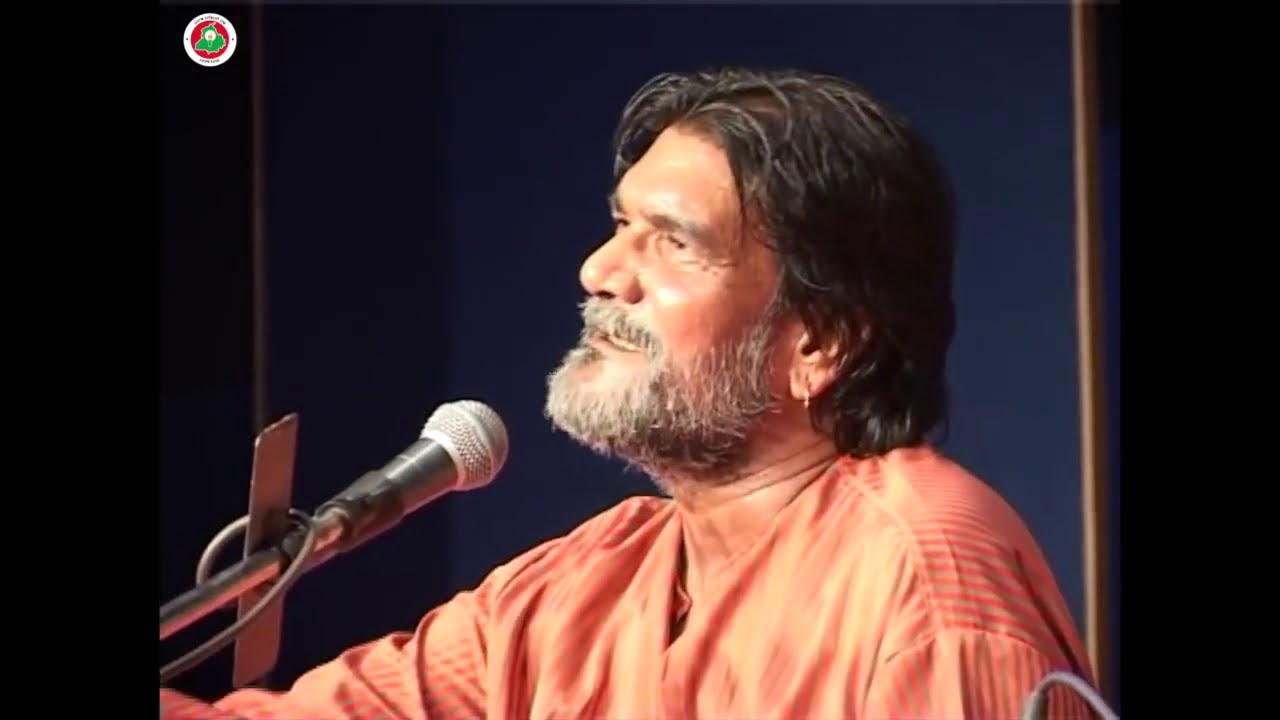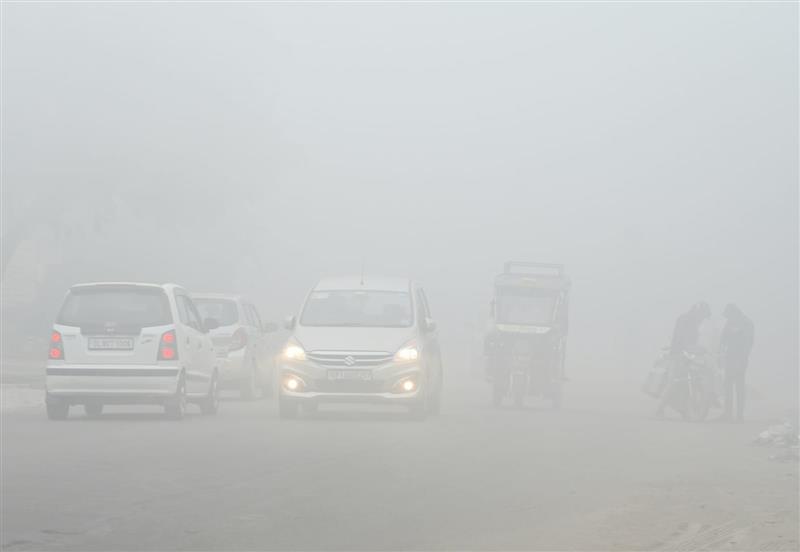The art of news reading
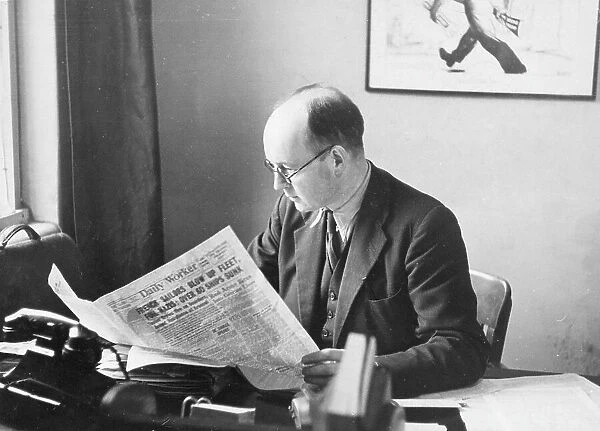
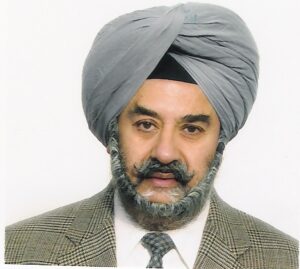
Harjap Singh Aujla
My first exposure to listening of news was at the age of five, when I was unable to make out the head or tail of what I was listening to. My father, Late Sardar Sochet Singh, was an ardent listener of the news read at the BBC World Service in Bush House, at Strand in London and the news studio of All India Radio on Parliament Street in New Delhi. I started making out the content of the news in English from the age of eight. The first impressive news reading voice that I heard was that of Melville De Melow, an Englishman in the service of All India Radio. Later on I discovered that he was the best in the business. The other two were Lawrence Clark and a female news reader Roshan Menon. Later on the voice of Lotika Ratnam also impressed me.
The iconic news readers in Hindi language included Shiv Sagar Mishar, Devki Nandan Pande, Vinod Kashyap, Ashoke Vajpayee and Ramanuj Prasad Singh. These stalwarts had replaced the pre-1947 news readers in Hindustani, a mixture of Urban Hindi and Urban Urdu spoken in the cities of Indo-Gangetic heartland of Northern India. Hindi spoken during of those days was quite easy to understand. It was not yet purged of its Urdu vocabulary. The Hindi news readers were obligated to pronounce the words of Urdu, Persian and Arabic as close to perfection as in the mother language. The same was true of English words. In reality due to its endeavour for professional perfection, news reading in Hindi was like tight rope walking.
News reading in Punjabi was even more demanding than English and Hindi news reading. The earliest news readers included a bunch of female professionals geographically originating from the Pothohar Region (Rawalpindi division of Pre – 1947 Punjab). They included Shiela Sawhney, Surinder Batra, Amarjit Kaur and Manjit Kochhar. They all had to change their dialect to purge it of its Pothohari Ang and creep closer to Standard or Central Punjabi spoken in Central (Lahore division) of undivided Punjab. The popular male news reader was Amar Singh Komal. All these news readers had to work hard to keep their Punjabi up to date. In addition they had to master the vocabulary of Urdu language and its mother languages as close to the original languages as possible. Then came Sukhwant Singh Dhillon a perfectionist to the core. He hailed from rural Amritsar. He was bestowed with a sweet voice and sharp memory. His hold over the art of news reading was close to perfection. He voluntarily guided his fellow news readers as much as he could. Among his protégés was Mohinder Singh the leading news reader at All India Radio Chandigarh. He hailed from Moga Tehsil of Ferozepore district, which is not known for its flawless Punjabi. But he guided his female colleague Kiran Handa as a very impressive news reader. Among the others, who followed him are Amarjit Narang, Jaspal Singh Gulati and Bhupinder Singh Malik. I must not forget to make a mention of one of the best Hindi language news readers Sarita Mohan, who read the Pradeshik Samachar in Hindi at All India Radio Chandigarh. For commentary in sports in Hindi, especially for hockey, there is no substitute for Jasdev Singh. His place of birth was Gujjranwala now in Pakistan, but he got settled in Jaipur.
When Doordarshan spread its wings from Delhi to Bombay, Amritsar, Srinagar, Calcutta, Lucknow and elsewhere during the early seventies, physical glamour also became a necessity. Among the English language news readers a few names are worth mentioning. They are Komal G.B. Singh, Minu Talwar, Neethi Ravindran and Sukanya Balakrishnan.


